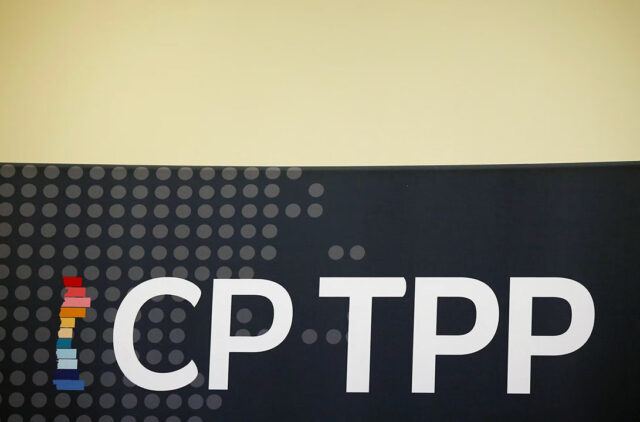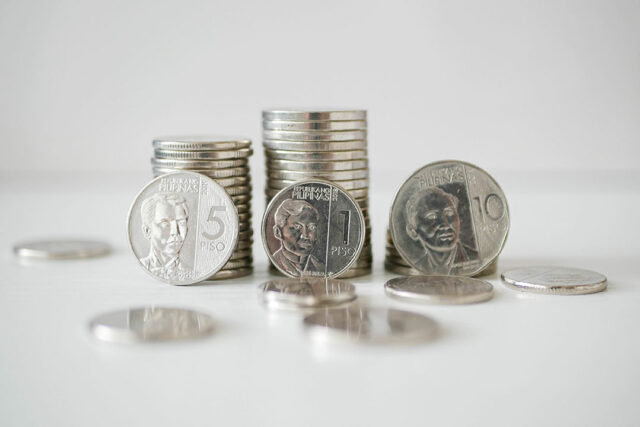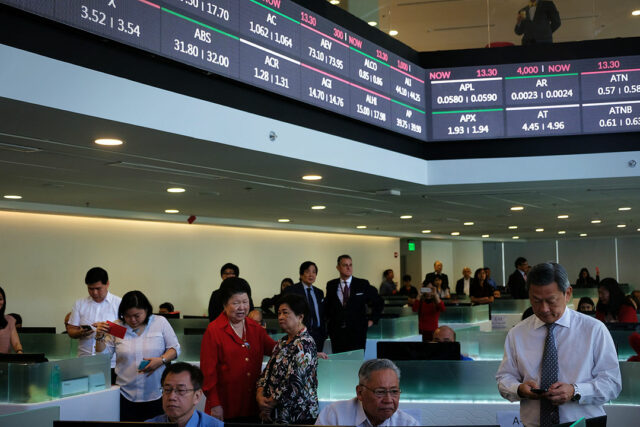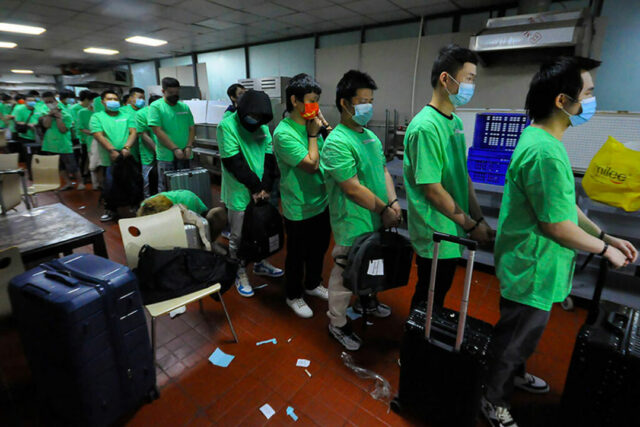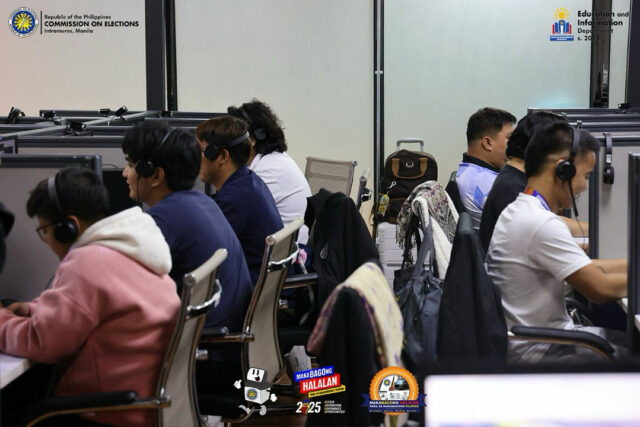Palay still declining at farmgate
THE FARMGATE PRICE of palay (unmilled rice) fell 24.4% year on year in March to an average of P18.57 per kilogram, the Philippine Statistics Authority (PSA) reported.
Month on month, the palay farmgate price fell 8.5% in March from P20.29 in February, the PSA said.
The decline in farmgate prices eased from the February decline of 18.9% year on year. In March 2024, the farmgate price averaged P24.55.
None of the 15 regions posted month-on-month and year-on-year growth in average farmgate prices in March, according to PSA data.
The highest palay prices in March were posted in the Bangsamoro region at P21.67.
The lowest palay prices were logged in Calabarzon at P16.54, with the farmgate price in the region falling 28% year on year and 20.1% month on month.
The Samahang Industriya ng Agrikultura (SINAG) said reports from farmers in Luzon in March indicate that the farmgate price was actually P15-16.
The PSA said in Central Luzon, a major rice producer, farmgate prices of palay fell 28.0% year on year and 5.7% month on month to average P18.35.
SINAG said farmgate prices continue to be affected by the bias for imports encouraged by Executive Order No. 62, which lowered import tariffs on rice in July 2024 to 15% from 35% until 2028.
“Millers and traders are willing to buy only at the P15-16 level because they will also not earn enough since the landed cost of imported rice is now below P30/kilo (P26-P28),” SINAG spokesman Jayson H. Cainglet said via Viber.
“It is really time to revert the original tariff for rice to 35% (for ASEAN grain) and 50% (for non-ASEAN source countries).”
The Department of Agriculture (DA) last week said it is studying setting a minimum buying price for palay, describing a proposed P20-per kilo floor price for dry palay as reasonable.
The Federation of Free Farmers last week said prices for freshly harvested palay have dropped to as little as P12-14 per kilo in parts of the country.
A US Department of Agriculture (USDA) report in March said Philippine rice imports will likely decline 1.9% to 5.2 million metric tons (MT) this year due to an expected increase in domestic production.
Rice imports fell 46% year on year to 641,000 MT in the year to date ending March 13.
The DA said 96,260 MT of the shipments arrived in March, 267,114 in February, and 277,540 in January. The equivalent year-earlier volumes are 429,260 MT in January 2024, 341,585 in February 2024, and 415,764 in March 2024.
In 2024, rice imports hit a record 4.68 MMT, against 3.6 MMT a year earlier. — Kyle Aristophere T. Atienza


